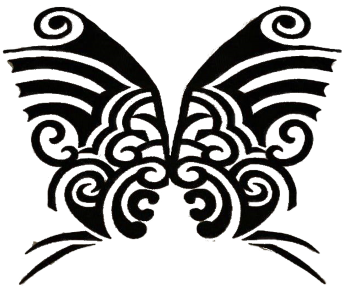HOW TO RUN -For barefoot and huarache runners

Please, take these guidelines with a grain of salt. Every person’s musculoskeletal frame is different, so what works for me, may be contraindicated in your case, for reasons only your health-counselor would know.
SUMMARY
- Running Efficiency Mechanics: Just from leaning our spine and hips slightly forward, we can trigger our legs’ fascia to act like springs, coiling and uncoiling, as our body moves onward.
- General and Detailed Mechanics: Maintaining a forward center of gravity by aligning the hip with the big toe as each foot lands on the ground, increases cadence, the key to running efficiency.
- Plantar Fascitis Cure: Walking barefoot and using toe separators can restore the tendon and nerves connecting the big toe to the heel, after decades of wearing shoes has atrophied them.
Below is a step-by-step description of how to aim each of your steps in a way that achieves higher running efficiency.
GENERAL DYNAMICS
While keeping your center of gravity (spine and hips) slightly forward as you run, facing your shoulders frontally, and swinging your elbows back and forth -as if planting ski poles- focus on the following:
- As the foot hits the ground, the hip should align with the heel, which barely touches the floor as your forefoot absorbes the shock by springing forward and pivoting inward to generate torsion.
- The more your toes are leaning outward as the heel touches the ground, the higher the kinetic energy generated as your forefoot pivots from outer edge to inside edge as you spring forward.
- Just aligning each landing across the virtual mid-line traced on the ground in front of you, makes it easier to repeat the cycle for each leg than aligning each landing near a shoulder-width line.
- Mid-line landings radically increase your running speed, as they maximize higher cadence (the number of cycle-repeats), while requiring drastically less aerobic lung-exertion to run faster.
MECHANICS IN DETAIL
Aim to hit across the mid-line below you, barely touching it with your heel, but consciously involving the hip and buttock, as you pivot from heel to forefoot, from where you will aim to bounce off the ground.
- As the heel hits the ground, pivot the weight forward towards your forefoot (ball of the foot and toes), while squeezing the ground as you actively bounce from it, and simultaneously turn from the forefoot’s outer edge towards its inside edge, propelling your whole body up and forward.
- Squeezing Detail: While transferring your body weight from outer edge to inside edge, aim to grip the ground under your foot by pressing down your toes, as if pulling the ground towards you when the forefoot hits the surface. Then, use that extra-leverage to spring from your toe-tips as they lift off from the ground, while swinging your arm from that side backwards, as if pressing on a ski pole.
- As your toe-tips lift off and the other heel is about to land across the mid-line, pivot towards the forefoot’s outer edge and once again, bounce off the ground by squeezing it inwards, as you propel forward.

PLANTAR FASCITIS (REALLY FASCIOSIS)
Long story short, if you wear shoes from the time you are a toddler until after adolescence you are now saddled with an atrophy of the tendon that connects your big toe with the heel. Getting that tendon fully functioning again may take months of walking barefoot and using toe separators, such as these. Using them for a couple of hours a day until you can walk all day with them, requires wearing them performing daily toe-spreading exercises until you can begin running again (2-3 months in total). For further details and daily running inspiration, you’re welcome to join us at Huarache Runners Club.




